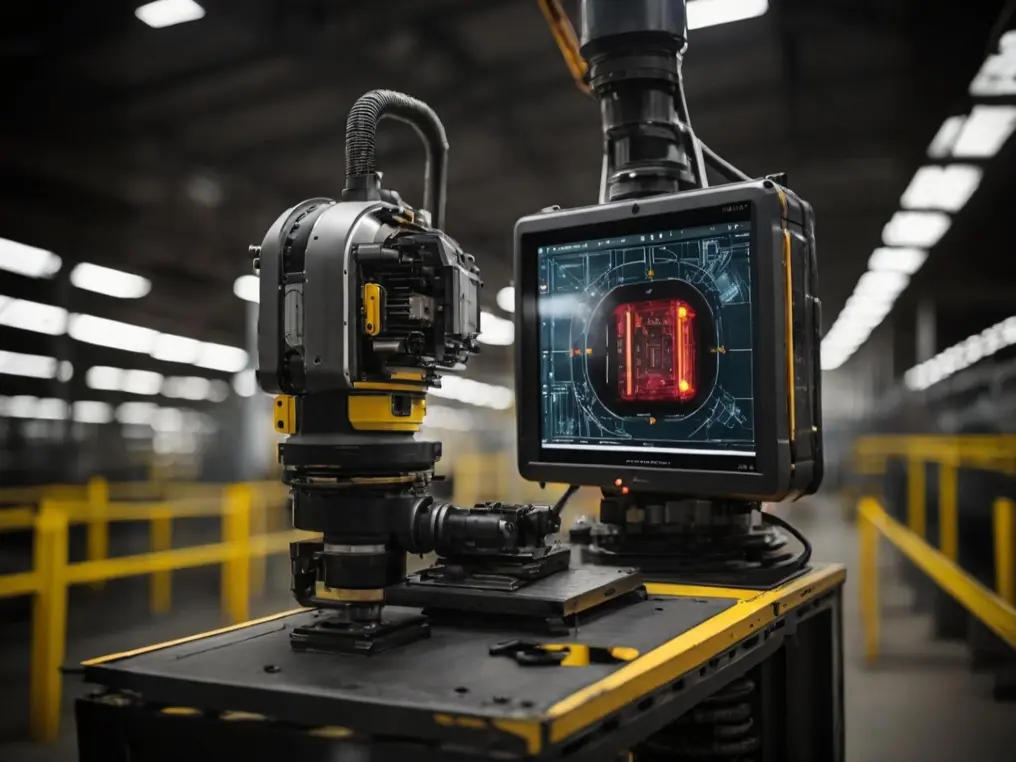The US chemical manufacturing facilities contribute hundreds of billions of dollars to the economy each year. With aging infrastructure and increasing regulation, the industry is rapidly adopting LiDAR scanning to improve plant safety and optimize production. At SES Digital, we lead this charge with laser scanning for the chemical industry, delivering digital twins and engineering intelligence to help plants modernize their infrastructure.
SES Digital’s LiDAR scanning services bring together laser scanning specialists, process engineers, structural analysts, CAD modelers and industrial safety professionals, so every scan becomes engineering insight. Whether it’s a greenfield project, plant expansion or revamp of aging infrastructure, SES Digital captures complex environments with millimeter-level precision using terrestrial LiDAR, drones in chemical plants and AI-driven data processing.
How LiDAR is Changing Chemical Projects
LiDAR captures every pipe, support beam, tank and structural element for chemical plants in extreme detail. At SES Digital, we use terrestrial LiDAR scanners and drones in chemical plants to map out the entire facility. It helps capture data from hard-to-reach areas such as rooftops, pipe racks, cooling towers and chimneys. The data from these scans is then processed into a high-resolution point cloud, which becomes the basis for as-built 3D models, digital twins and engineering drawings.
The Revolutionary Benefits of LiDAR for Chemical Projects
- No More Guesswork with High-Alignment Mapping
When engineers need to design changes, install new equipment or re-route pipes, they need precise spatial data. Laser scanning for piping and chemical plant assets eliminates the guesswork by providing a highly accurate 3D model of the facility so engineering and fabrication are seamless. For example, if a plant is replacing a heat exchanger, the LiDAR scan will provide exact measurements of the existing unit, clearances and tie-in points—no costly surprises during installation.
- Safer and More Compliant
Regular inspections, hazard assessments and compliance audits are essential in the USA. With LiDAR-generated digital twins, safety inspectors can check structural integrity, fire safety clearances and equipment accessibility without disrupting plant operations. With drones in chemical plants, engineers can inspect high-risk areas like flare stacks, cooling towers and pipe bridges without sending personnel into hazardous zones, reducing safety risks.
- Minimize Downtime and Cost Overruns
SES Digital’s laser scanning for the chemical industry can capture an entire facility in a few hours and deliver a 3D model in a fraction of the time. This fast and non-intrusive data collection means faster turnarounds, shutdowns and expansions executed with maximum efficiency. Engineers can plan every detail pre-incident using accurate 3D data, reducing the need for on-site modifications, rework and unexpected project delays.
- Predictive Maintenance and Asset Management
Old infrastructure is a major worry for chemical plants. Corrosion, misalignment and wear and tear can lead to catastrophic failures if not caught early. If a plant has a pipe carrying hazardous chemicals, LiDAR scans can detect pipe sagging, misalignment or early signs of corrosion, so maintenance teams can fix issues before they become leaks or failures.
Why SES Digital is the Go-To LiDAR Scanning Partner for Chemical Plants
We deliver actionable engineering intelligence to help facilities run more efficiently and safely. Our laser scanning for the chemical industry includes:
- High-Resolution Terrestrial and Drone-Based LiDAR Scanning
- 3D Modeling and Digital Twin Development
- Clash Detection and Engineering Validation
- Regulatory Compliance Documentation
Conclusion
The US chemical industry is changing fast with tighter regulations, aging infrastructure and increasing demands for efficiency. Our cutting-edge laser scanning for piping, drone-based aerial inspections and expert analysis help chemical facilities modernize their processes and increase efficiency. The future of chemical plant management is digital—let SES Digital show you the way with technology that sees what others miss.

